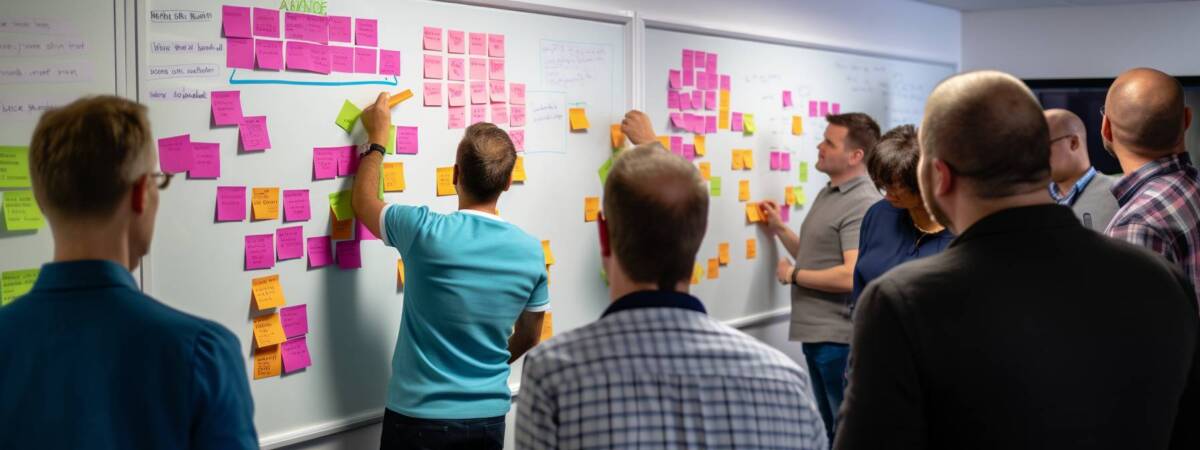In today’s competitive business landscape, the wise utilization of resources can set a company apart. The competition for resources is harsh, and maximizing whatever is available is key for growth and survival. This is especially true for small and medium enterprises, where resource utilization could mean growth or stagnation. Below, we delve into different essential steps for effectively utilizing your business resources.
Understanding the Significance of Resource Utilization in Business
Resource utilization is a critical aspect of business management, no matter the industry or size of your company. Effective resource utilization means making the most of what you’ve got instead of constantly looking for more. This approach can lead to significant cost savings, improved efficiency, and sustainability.
Proper utilization of resources includes everything from equipment and investment to employee skills and time. Careful management of these assets can contribute to a much leaner, agile, and competitive organization.
Moreover, resource utilization is getting more recognition in today’s business world. It plays a vital role in minimizing waste and optimizing processes, improving business operational efficiency.
Recognizing the Assets: Identifying Available Resources in Your Business
Identifying your business’s current resources is the launching step in resource utilization. Resources are not confined to physical assets such as machinery or inventory. They also encompass intangible assets like intellectual property, industry knowledge, and employee skills.
Therefore, inventorying your resources should include a detailed check of all aspects of your business. In the process, you might uncover hidden assets that have been overlooked or underutilized, such as dormant patents, under-utilized office space, or employee talents.
Once all resources have been identified, you can plan to utilize them effectively. This might involve allocation adjustments, process changes, or even a shift in company strategy.
Strategic Planning: Setting Realistic Goals and Priorities
Strategic planning is crucial in resource utilization. After identifying the resources, developing a strategy that outlines how those resources will be used is essential. This should be aligned with your business goals and priorities.
Setting realistic goals that correspond with your available resources is critical. Unrealistic expectations might strain your resources, possibly leading to operational inefficiencies.
Furthermore, priorities should be established based on the importance of tasks, available resources and anticipated returns on investment. This will guide resource allocation and ensure that critical areas are adequately resourced.
Effective Resource Allocation: Its Role in Increasing Efficiency
Effective resource allocation is a critical step in resource utilization. Resources need to be assigned strategically to maximize their potential and avoid waste.
The allocation of resources should consider what return it will bring. This is important because it ensures your scarce resources are put to the best use possible. It’s not always about doing more but doing what brings about the best results for the least cost.
Bear in mind that proper resource allocation can also boost employee morale and productivity. When employees see that resources are being used wisely, they are more likely to take responsibility for their piece of the puzzle.
Monitoring and Assessment: Evaluating the Results of Resource Utilization
The final step in resource utilization involves constant monitoring and assessment. You can only determine whether your resources are being used effectively by tracking usage and results.
Regular audits and assessments can identify problems, inefficiencies, or wastages early on. Moreover, it can provide insights about which strategies work best and which ones need to be changed or tweaked.
Measurement and analysis of resource utilization results ensure that appropriate changes are made in the system and that resources are not taken for granted.
Finally, keep in mind that as your business evolves, your resources and how you utilize them may also evolve. Therefore, constant monitoring and adjusting should always be a part of your business strategy.
Achieving effective utilization of resources requires commitment, strategic planning, and continual monitoring. By following these steps, businesses can optimize their operations, maximize their resources, and gain a competitive advantage.

Ingrid Maldine is a business writer, editor and management consultant with extensive experience writing and consulting for both start-ups and long established companies. She has ten years management and leadership experience gained at BSkyB in London and Viva Travel Guides in Quito, Ecuador, giving her a depth of insight into innovation in international business. With an MBA from the University of Hull and many years of experience running her own business consultancy, Ingrid’s background allows her to connect with a diverse range of clients, including cutting edge technology and web-based start-ups but also multinationals in need of assistance. Ingrid has played a defining role in shaping organizational strategy for a wide range of different organizations, including for-profit, NGOs and charities. Ingrid has also served on the Board of Directors for the South American Explorers Club in Quito, Ecuador.










































